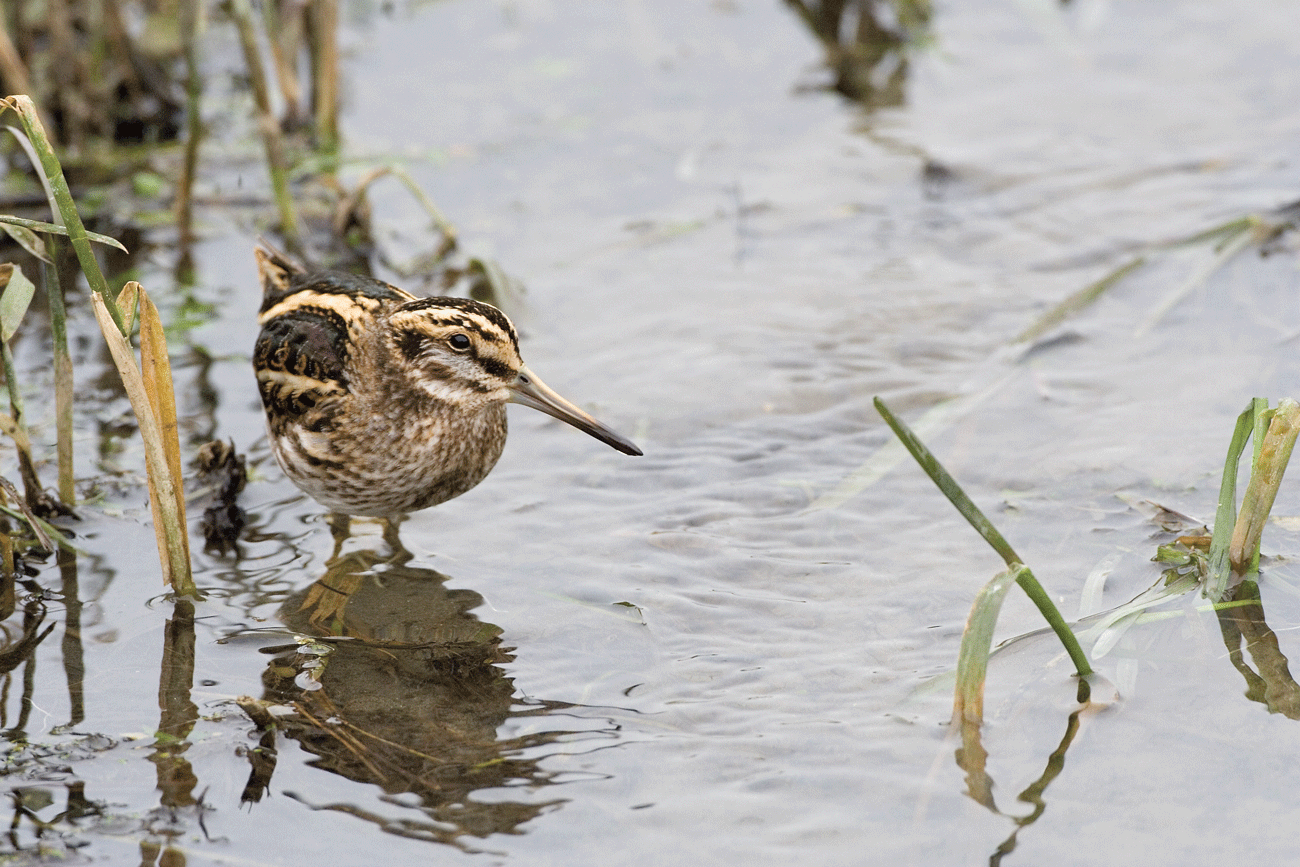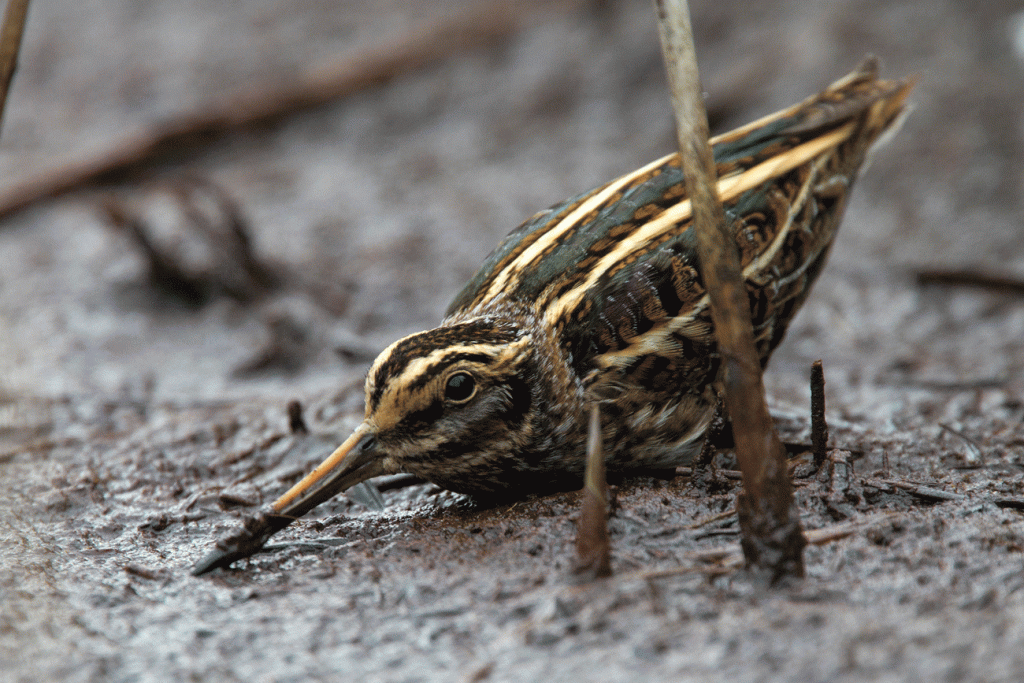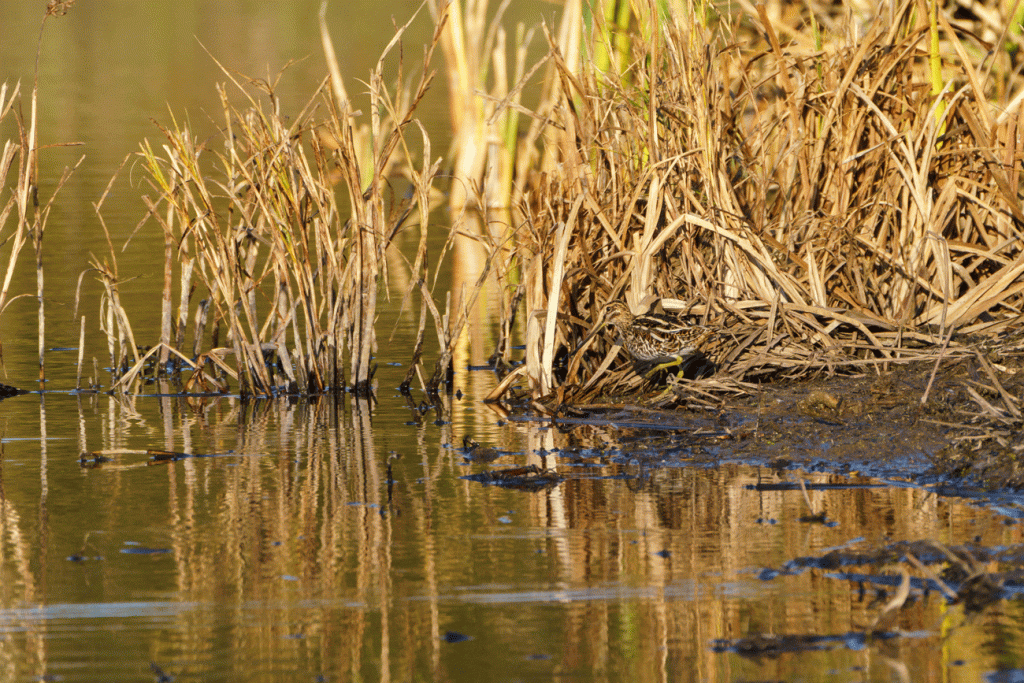
Boing boing! I’m all of a bounce despite the awful winter weather we’ve been having.
Freezing fields, driving rain, biting winds and local floods – not helped by the stench of leaked sewage in some of our water courses – put paid to many a day when I’d planned to enjoy the fresh air.
But all that was immediately forgotten one late afternoon when I ventured out to try and cheer myself up by finding a Barn Owl.
It had been a bright sunny day for once so I settled myself against a hedge by the Wey-South Path in Cranleigh and watched for half an hour as various flocks of birds went to roost.
Restless Redwings were arriving in their dozens on the tops of the tall oaks and ashes. After glancing around to ‘clock’ the vicinity they were scattering in all directions, only to drop onto neighbouring bare branches for another look out.
Each time they took off they invariably gave a tell-tale squeak as they sped like dark paper darts towards their next observation target.

The last of the Rooks, stragglers from their other chums who formed the bulky ‘Parliament’ passing overhead earlier, flapped lazily and wearily towards their distant half-built rookery. Their calls could be heard long after they were lost to view.
Much nearer to the ground were busy fly-bys of small parties of our most beautiful duck, the Mandarin. Around 20 were flying first one way and then the other as they argued about the most suitable tree or hedge to roost in for the night. Their shrill calls pierced the gathering gloom.
And then my attention was taken by a dumpy small bird flying towards me. Momentarily I suspected a Kingfisher due to its longish bill but it was soon close enough to reveal itself as a small wader.
The bill was much shorter than that of its bulkier cousin the Snipe – a scarce but regular local winter visitor. And it was noticeably smaller as I glimpsed its white belly and dark pointed wings against the clear sky. It was a Jack Snipe!
When it saw me it veered off to the right and dropped into the cover of long, marshy grass fringing a stream. And that was it. Now you see me, now you don’t. I let it be but was jubilant to have at last found a species I always thought must lurk in the area during the winter but had never been fortunate to find.
I had visited likely spots over the years but always drew a blank. And now one had, unintentionally, paid a visit to me.

The little Jack Snipe is renowned for being one of our hardest birds to see. It is the ultimate skulker. The yellow stripes on its back, with gingery brown and black markings, are perfect camouflage.
Also known as Lymnocryptes minimus it is well named because Lymnocryptes is from the ancient Greek limne, meaning marsh, while kruptos is hidden (I had to look those up). Its. species name minimus is from Latin, meaning smallest (I did guess that one).
It sits tight until nearly trodden on accidentally by unsuspecting intruders into its squelchy territory. Then it rises close in front and flies back over their heads to take cover again not far away behind them.
I have found this to be different behaviour from the Snipe which tends to fly off noisily at some distance and land further off in the opposite direction. The Jack Snipe is so reticent to be discovered that I’ve even heard of people finding one at their feet and, wrongly thinking it must be sick, being able to gently pick it up.
Accidental encounters locally with a handful of Jack Snipe are the only other records I am aware of. Keen ornithologist farmers caught one in Ewhurst back in February 1962 while they were trapping and ringing Pied Wagtails. Two others were flushed from a Cranleigh farm ditch in December 1998 and three more flew up there with seven Snipe in January 20 years ago.
An amazing thing with the Jack Snipe is that it is nearly always on the move, even when standing still. It bounces! The bird constantly bobs up and down like a child who needs to visit the loo. Not that you are likely to see this bobbing unless you are observing from a hide.
But birds do occasionally break all the rules. Last autumn I saw another Jack Snipe, in full view on a mudflat one afternoon at a favourite spot of mine, Titchwell RSPB in Norfolk. There it bounced and shuffled around feeding, totally in the open and unconcerned at the scores of people enjoying their best views of this species.
I consider only one experience could beat this and that would be to see its switchback courtship display where the male, apparently, makes a sound likened to a galloping horse. Sadly, as this happens in Siberia, it seems to be an experience I’ll not be enjoying any time soon.
Twitter – @Crane_Spotter











